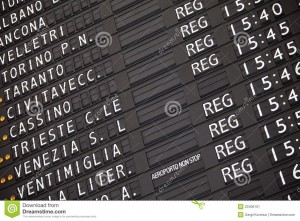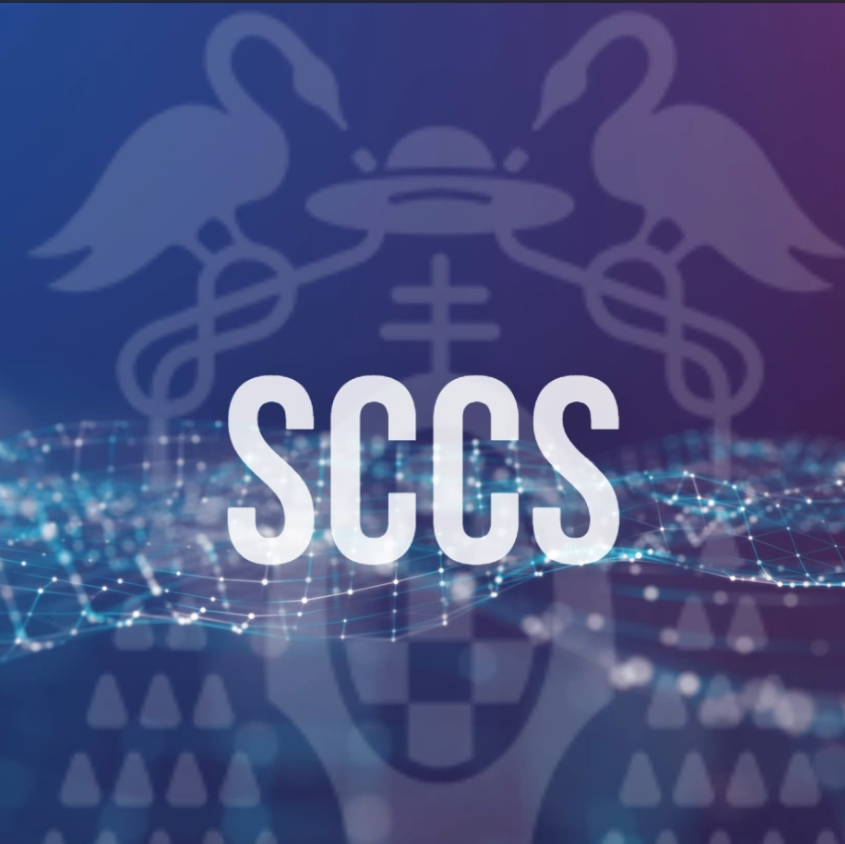Transport systems, as intricate manifestations of complex systems, exhibit a diverse array of characteristics, though not uniformly across all types. For instance, while highway systems exemplify a complete set of these characteristics, railway networks manifest only a subset.
Adaptability is a key trait, wherein agents within the transport ecosystem modify their behavior in response to environmental shifts. This adaptability is evident among transport companies, travelers, and public authorities responsible for regulation, each adjusting to evolving circumstances.
A hallmark of complex systems is self-organization, a phenomenon where a semblance of order or coordination emerges from the local interactions among smaller, initially disordered components. In transportation, this self-organization often occurs spontaneously, without external control or intervention.
Many transport systems naturally gravitate towards certain dynamic states, known as attractors. Despite the theoretical possibility of exhibiting a vast array of states, these systems predominantly settle into a limited number of attractor states.
| Another intriguing aspect is the concept of self-organized criticality, where transport systems can undergo abrupt transitions of varying intensities. In a self-organized critical state, the magnitude of the next transition remains unpredictable, yet the long-term distribution of these event magnitudes follows a regular, identifiable pattern.
Emergence is observed when larger entities, patterns, and regularities arise from interactions among smaller, simpler entities that do not individually exhibit such properties. This phenomenon is ubiquitous in transportation, from urban vehicular flows to air traffic patterns. |
Chaotic dynamics, characterized by extreme sensitivity to initial conditions and strong path dependence, were among the first recognized features of complex systems and are prevalent in transport systems. This characteristic underscores the significant impact of initial network design decisions.
Transport systems are inherently nonlinear, defying the superposition principle. In such systems, the output is not directly proportional to the input, indicating a complex relationship between causes and effects.
Phase transitions in transport systems represent sudden, dramatic, and often irreversible shifts upon reaching a “tipping point.” These transitions reflect critical thresholds beyond which the system undergoes significant change.
Finally, power laws in transportation illustrate a functional relationship where a relative change in one quantity results in a proportional relative change in another, irrespective of their initial sizes. This principle of proportionality underscores the interdependent nature of elements within transport systems.
Transport networks
The chapter “Transport Networks” in the “Handbook of Cliometrics” by Federico Pablo-Martí, delves into the complex domain of transport networks through the lens of network science. This approach, inspired by Euler’s seminal work, emphasizes the evolution and crucial role of network science in understanding and evaluating transport infrastructures, highlighting the significance of connectivity and the advantages of core nodes over peripheral ones.
Transportation has historically been a key factor in explaining other processes such as economic development. The chapter underscores that transport networks, which articulate territories by connecting various locations, are unique to each territory due to factors like orography, institutions, and cultural factors. Transport is depicted as a strategic activity with significant economic and social impacts, necessitating careful policy design.
| A traditional approach to studying transport networks considers them as infrastructure endowments linked to independent territories. However, this perspective overlooks the effectiveness of their interconnectivity with other regions. The chapter highlights the limitations of this viewpoint through historical examples, demonstrating how the impact of transportation infrastructure is not merely localized but spreads heterogeneously throughout the network. |
The chapter also discusses the representation of transport networks in terms of graphs and origin-destination matrices, noting that both representations fully describe the nodes and their relationships, albeit in different forms. It introduces the concept of multiplex networks in transport systems, where different types of interactions between nodes (such as various metro lines or means of transport in a city) are structured into interconnected layers, enhancing the understanding of the system’s operation.
An important aspect covered is the classification of transport networks based on latency due to network scheduling, which critically affects the utility of travelers and the overall network robustness and performance. The chapter points out that increases in transport speed don’t necessarily mean shorter travel times, especially if linked to reductions in transit frequencies.
For analyzing transport networks, the chapter suggests metrics that can refer to specific nodes and links or the entire network, emphasizing the importance of aggregating and normalizing individual measures for comparability.
In conclusion, the chapter asserts the importance of transport in economic history and its significant share in GDP and impact on economic growth. Transport networks are recognized as complex systems where the nodes represent places of origin or destination, and links indicate direct connections. The analysis of transport networks is nuanced and involves considering the physical, social, and institutional characteristics of territories, making the definition of the relevant network a critical and complex task.
The chapter from the “Handbook of Cliometrics” stands out for its in-depth analysis and application of complex network theory to historical transport systems, offering valuable insights for economic historians. The handbook itself, edited by Claude Diebolt and Michael Haupert, is a comprehensive resource in the field of cliometrics, featuring contributions from a range of expert authors. This chapter exemplifies the innovative methodologies and analytical rigor that characterize the handbook, offering new perspectives and tools for understanding economic history through the study of transport networks.
Ongoing projects
The SCCS research group has wide experience in this field with several projects made with public and private partners.
 Network dynamics is an emergent scientific field that brings together traditional social network analysis (SNA), link analysis (LA), social simulation, and multi-agent systems (MAS) within network science and network theory. The ‘Network dynamics’ project of SCCS aims to analyze the evolution of transport networks in Spain applying these techniques. Network dynamics is an emergent scientific field that brings together traditional social network analysis (SNA), link analysis (LA), social simulation, and multi-agent systems (MAS) within network science and network theory. The ‘Network dynamics’ project of SCCS aims to analyze the evolution of transport networks in Spain applying these techniques. |
 Temporal networks is an extension of complex networks as a modeling framework to include information on when interactions between nodes happen. SCCS is currently working on developing global temporary networks for commercial airlines. Temporal networks is an extension of complex networks as a modeling framework to include information on when interactions between nodes happen. SCCS is currently working on developing global temporary networks for commercial airlines. |
|
|
Other projects
Publications
|

 The airline industry is changing rapidly. The many challenges and opportunities that airlines face every day make it one of the most competitive industries of all. Airlines’ management teams are invariably compelled to readapt their policies to the customer preferences, and the ever-changing “external factors” impose severe constraints to growth and competitiveness of airlines. Not surprisingly, complexity has seized an industry where value is increasingly more difficult to create and taking the benefits out of it, a question of survival (IATA 2014). Valueinairlines is an industry-oriented research project that pursues the modelling of the airlines’ value creation engine on novel expert data. The use of “non-traditional”, network-based computational techniques, allow researchers and practitioners simulate real-life value creation scenarios and anticipate airlines’ performance. (
The airline industry is changing rapidly. The many challenges and opportunities that airlines face every day make it one of the most competitive industries of all. Airlines’ management teams are invariably compelled to readapt their policies to the customer preferences, and the ever-changing “external factors” impose severe constraints to growth and competitiveness of airlines. Not surprisingly, complexity has seized an industry where value is increasingly more difficult to create and taking the benefits out of it, a question of survival (IATA 2014). Valueinairlines is an industry-oriented research project that pursues the modelling of the airlines’ value creation engine on novel expert data. The use of “non-traditional”, network-based computational techniques, allow researchers and practitioners simulate real-life value creation scenarios and anticipate airlines’ performance. (